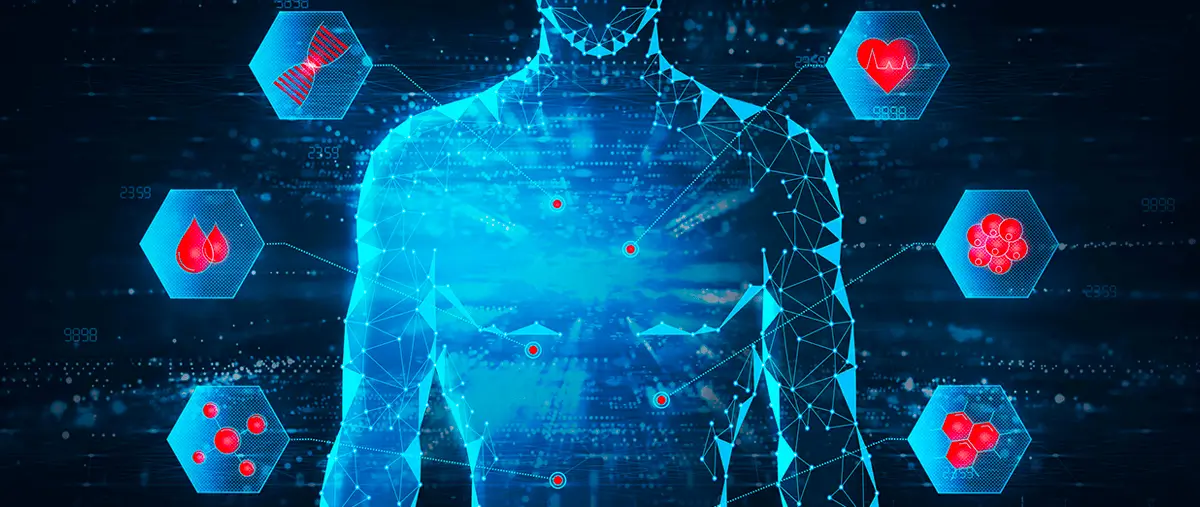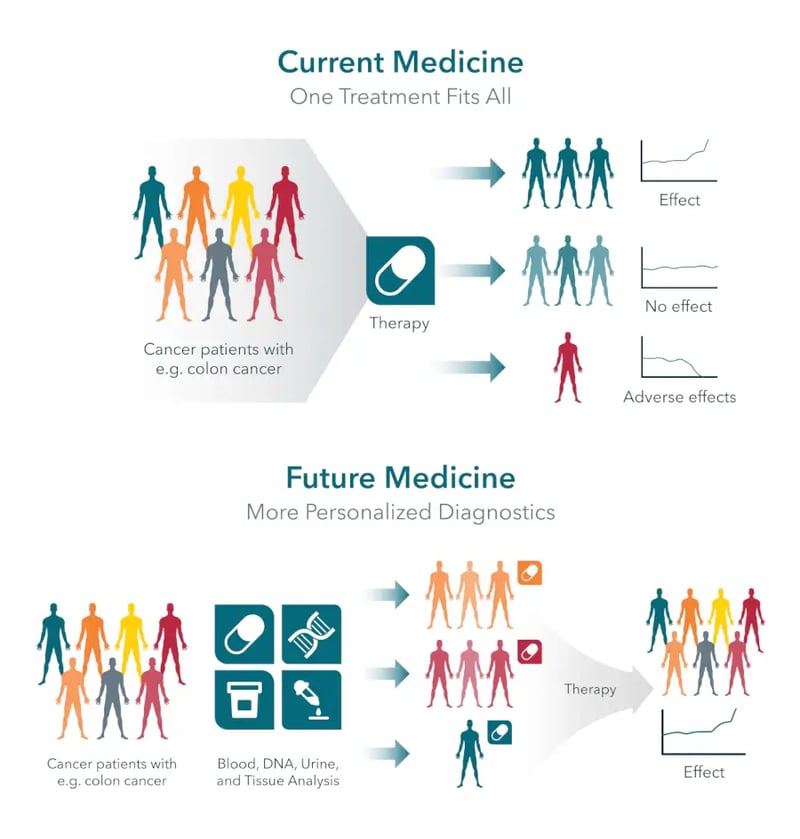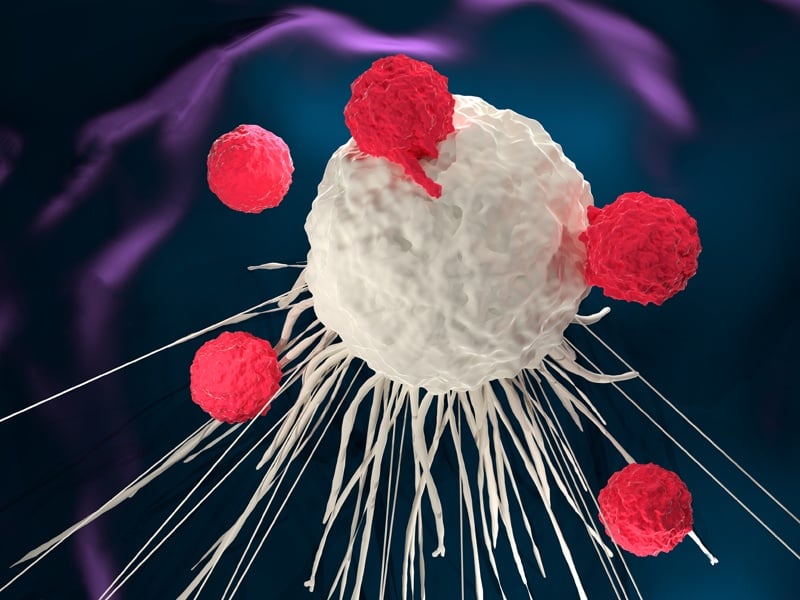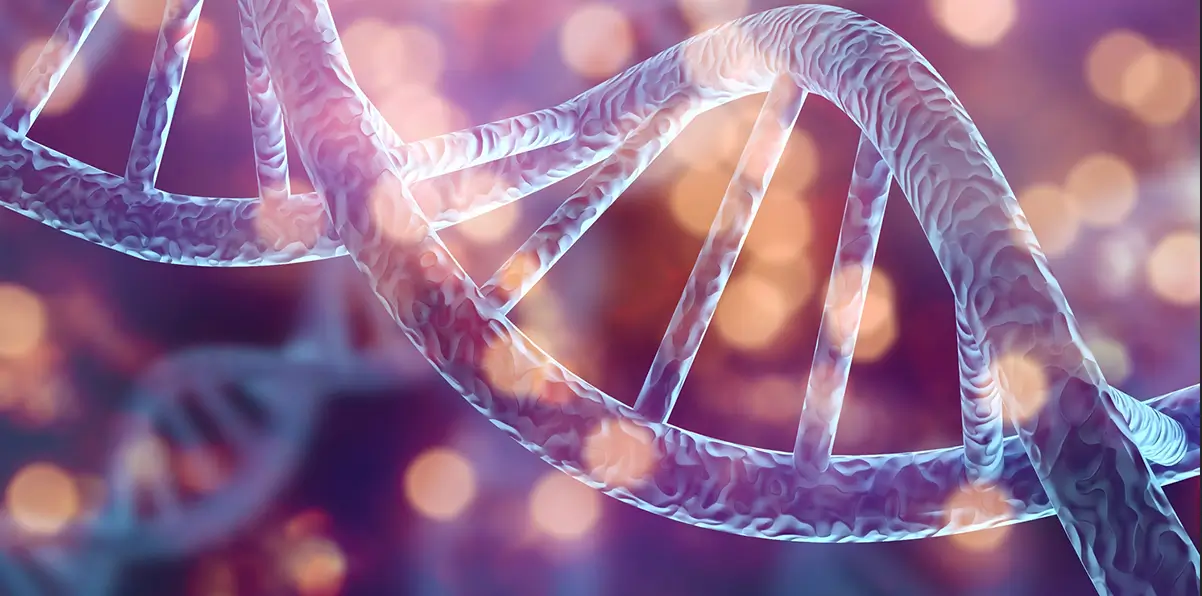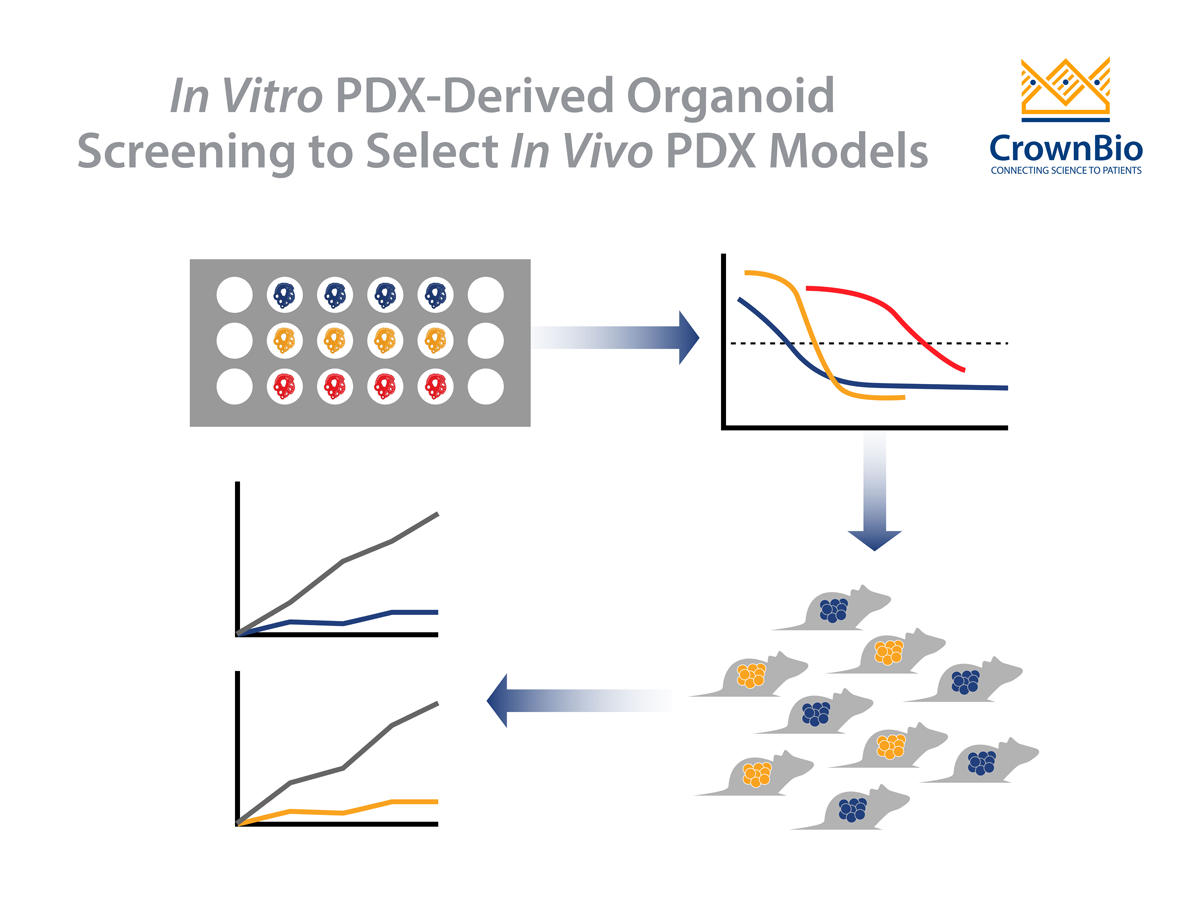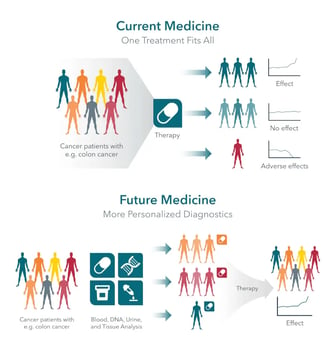 We discussed patient-derived xenografts (PDX) previously, from how to establish the models to when to add them to preclinical drug development. Today, we’ll focus on why these models are so important within preclinical research and how they are used to advance development in personalized medicine.
We discussed patient-derived xenografts (PDX) previously, from how to establish the models to when to add them to preclinical drug development. Today, we’ll focus on why these models are so important within preclinical research and how they are used to advance development in personalized medicine.
PDX Animal Models Replicate Human Disease
PDX models are the animal model systems which most closely replicate human disease. These models more fully represent the heterogeneity and variability of the clinical cancer population than other systems (such as conventional xenograft models) and are used to power highly predictive preclinical studies.
Part of this clinical recapitulation is intrinsic, resulting from how the models are developed. PDX are created from patient tumors directly implanted into immunocompromised mice. That means the models are never adapted to grow in vitro on plastic, a step which can cause drift from the original disease. PDX tumor models therefore:
- Maintain a closer fidelity to the parental tumor tissue.
- Preserve more characteristics of the original patient disease.
- Deliver highly predictive preclinical data for translation into clinical trials.
Run Translatable Clinical Trials in Mice
The design of PDX studies also helps provide further clinical relevance in the preclinical setting. While these models were initially utilized in “classical” xenograft studies (using a small number of models, with a large number of animals in each arm), studies have now shifted more towards running PDX Mouse Clinical Trials (MCT).
These studies invert the usual preclinical experimental set up, instead using only a small number of mice per arm across a large number of PDX models. This more closely resembles human clinical trials, with each mouse in the MCT representing a single patient (acting as a patient avatar). These “human surrogate” trials can provide predictive data on responder and non-responder subgroups to guide biomarker discovery, as well as advise on clinical strategies and allow appropriate downstream patient stratification.
MCT Study Design
By using different MCT study designs, PDX can serve to validate alternate personalized medicine approaches. For example, if you were looking at just one cancer indication (e.g. lung cancer) driven by several different oncogenes, an MCT can be used to treat a range of different lung cancer PDX, with an assortment of different mutations, with a variety of appropriate agents (like a clinical umbrella trial).
Alternately, if we understand the mutational profiling across a PDX panel, MCTs can be used to study one agent which targets a common genetic mutation/lesion across a range of cancer types in a model “clinical basket trial”. This helps researchers understand how response correlates with mutation across a range of indications.
Promoting Progress in Personalized Medicine
Due to this resemblance between PDX and real-world patients, these models can also be used for “translational fidelity” in the development of personalized medicine. While current cancer medicine often employs a “one treatment fits all” approach, future medicine aims to become personalized – providing the right drug to the right patient at the right time.
Researchers need deep understanding of each specific patient’s disease and mutations to develop therapies tailored to individual patients or patient groups. PDX provide a highly unique asset for improving this understanding through MCTs. Analyzing model results from within MCTs allows the correlation of response/non-response per model or subgroup to specific genetic and genomic factors.
This then allows the prediction of patient response based on clinical genetic information and appropriate patient stratification. Clinicians can provide the correct drug to the appropriate patients to ensure greater levels of response.
PDX: Preclinical Models for Predictive and Personalized Research
Enhanced predictability is needed in preclinical oncology and personalized medicine. PDX provide a highly useful model for driving forward cancer research and drug development.

